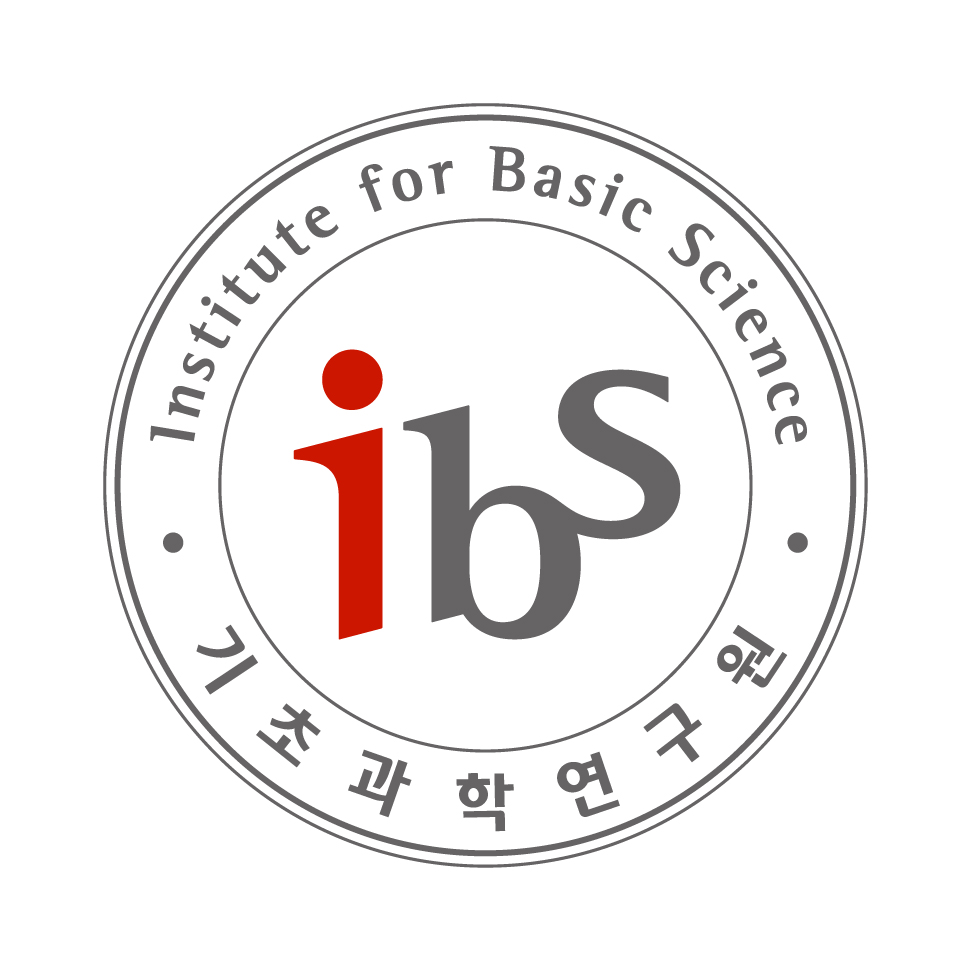Monday morning: the location of the conference is at Bordeaux INP, see
here. Take the tram B and stop at
"Arts et Métiers".
Monday afternoon, Tuedsday and Wednesday: the location of the conference is at the
Institute of Mathematics
here .
Take the tram B and stop at "Forum".
Program of the Conference: Algebraic Geometry and Number Theory
Talk time for the participants:
Plenary: 45 mn
Invited: 35 mn
Junior: 25 mn
|
|
Sunday 24
|
Monday 25
|
|
Tuesday 26
|
Wednesday 27
|
|
8:30 -- 9:00
|
Welcome
of the Korean
delegation
|
Opening / INP
|
8:30 -- 9:00
|
|
|
|
9:00 -- 9:20
|
|
9:00 -- 9:50
|
|
|
|
9:20 -- 10:10
|
Jonghae Keum
amphi F / INP
|
|
9:50 -- 10:30
|
|
|
|
10:10 -- 10:40
|
|
10:30 -- 11:00
|
|
|
|
10:40 -- 11:30
|
Christophe Breuil
amphi F / INP
|
|
11:00 -- 11:50
|
|
|
|
11:30 -- 12:00
|
Junhwa Choi
amphi F / INP
|
|
11:50 -- 12:30
|
|
|
|
12:00 -- 13:30
|
lunch at
Bordeaux INP
|
12:30 -- 14:00
|
lunch at
IMB
|
lunch at
IMB
|
|
14:00 -- 14:50
|
Free
discussion
|
|
14:00 -- 14:50
|
|
|
|
|
14:50 -- 15:30
|
|
14:50 -- 15:30
|
|
|
|
15:30 -- 16:00
|
|
15:30 -- 16:00
|
|
|
|
16:00 -- 16:30
|
break
|
16:00 -- 16:30
|
break
|
break
|
|
16:30 -- 17:20
|
|
16:30 -- 17:10
|
|
|
|
17:20 -- 18:00
|
Gerard Freixas i Montpleit
amphi
|
|
17:10 -- 17:40
|
|
|
|
18:00 -- 18:30
|
|
17:40 -- 18:10
|
|
|
| |
|
20:00 -- 22:00
|
|
KIAS banquet
|
|
IMB banquet
|
|
IMB: Institut de Mathématiques de Bordeaux
Université de Bordeau 351, cours de la Libération Talence
INP: Bordeaux INP Avenue des facultés 33405 Talence
KIAS Banquet: Chez Jean, 1 Place du Parlement, 33000 Bordeaux
IMB Banquet: LA BELLE EPOQUE, 2 Allée d'Orléans, 33 000 BORDEAUX, 0556791458
Program of the Conference: Partial Differential Equation and Applications
Talk time for the participants:
Plenary: 45 mn
Invited: 35 mn
Junior: 25 mn
|
|
Sunday 24
|
Monday 25
|
|
Tuesday 26
|
Wednesday 27
|
|
8:30 -- 9:00
|
Welcome
of the Korean
delegation
|
Opening / INP
|
8:30 -- 9:00
|
|
|
|
9:00 -- 9:20
|
|
9:00 -- 9:50
|
|
|
|
9:20 -- 10:10
|
Dongho Chae
amphi G / INP
|
|
9:50 -- 10:30
|
|
|
|
10:10 -- 10:40
|
|
10:30 -- 11:00
|
|
|
|
10:40 -- 11:30
|
Benoît Perthame
amphi G / INP
|
|
11:00 -- 11:50
|
|
|
|
11:30 -- 12:00
|
Seung-Yeon Cho
amphi G / INP
|
|
11:50 -- 12:30
|
|
|
|
12:00 -- 13:30
|
lunch at
Bordeaux INP
|
12:30 -- 14:00
|
lunch at
IMB
|
lunch at
IMB
|
|
14:00 -- 14:50
|
Free
discussion
|
|
14:00 -- 14:50
|
Laurent Desvillettes
salle 1
|
|
|
|
|
14:50 -- 15:30
|
|
14:50 -- 15:30
|
|
|
|
15:30 -- 16:00
|
|
15:30 -- 16:00
|
|
|
|
16:00 -- 16:30
|
break
|
16:00 -- 16:30
|
break
|
break
|
|
16:30 -- 17:00
|
|
16:30 -- 17:00
|
|
Hyunseok Kim
(35 mn) amphi
|
|
|
17:00 -- 17:30
|
|
17:00 -- 17:30
|
Théophile Dolmaire
salle 1
|
|
|
|
17:30 -- 18:10
|
Kleber Carrapatoso
salle 1
|
|
17:30 -- 18:00
|
|
|
| |
|
20:00 -- 22:00
|
|
KIAS banquet
|
|
IMB banquet
|
|
IMB: Institut de Mathématiques de Bordeaux
Université de Bordeau 351, cours de la Libération Talence
INP: Bordeaux INP Avenue des facultés 33405 Talence
KIAS Banquet: Chez Jean, 1 Place du Parlement, 33000 Bordeaux
IMB Banquet: LA BELLE EPOQUE, 2 Allée d'Orléans, 33 000 BORDEAUX, 0556791458









